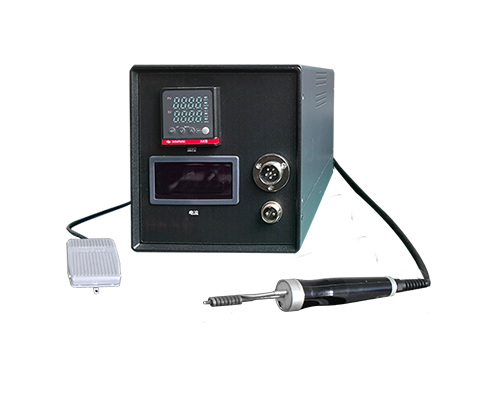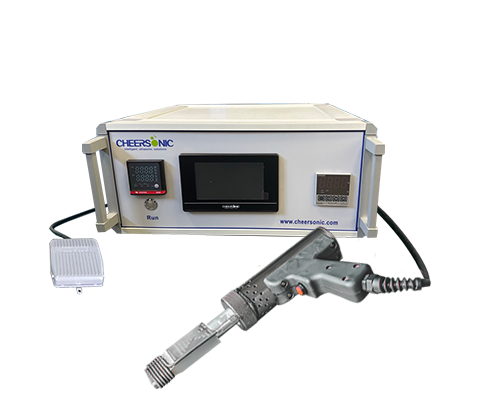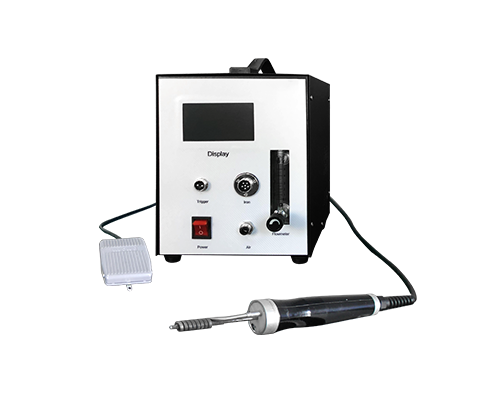In electronics manufacturing, the surface plating process for printed circuit boards is crucial to product performance. It not only prevents copper oxidation but also ensures good solderability and stable electrical connections. Currently, mainstream processes include hot air leveling, organic coating, electroless nickel/immersion gold plating, immersion silver, immersion tin, and electroplated nickel-gold plating. Each process has distinct characteristics and applications.
Hot air leveling is a traditional process that immerses the PCB in molten solder and then flattens the surface with heated compressed air, creating an oxidation-resistant and solderable coating. Its advantage lies in its excellent solderability, as intermetallic compounds form at the junction of solder and copper. However, it is difficult to control solder thickness and pad flatness, making it difficult to adapt to narrow-pitch components. This process is available in vertical and horizontal methods. The horizontal method is more widely used due to its uniform plating and automation. The process primarily involves micro-etching, preheating, flux application, tin spraying, and cleaning. Lead-free versions use a non-lead alloy instead of traditional tin-lead solder.
Organic coating has become a common choice due to its low cost and simple process. It forms an organic barrier layer on the copper surface to isolate air. Early rust prevention methods relied on imidazole and benzotriazole molecules, but now benzimidazole is the primary choice, capable of chemically bonding to copper. To cope with multiple reflows, copper solution is added to the chemical bath, allowing the organic molecules to aggregate repeatedly to form a multi-layer coating. The latest process can meet the requirements of lead-free soldering. The process involves degreasing, micro-etching, acid cleaning, pure water rinsing, organic coating, and cleaning, making process control relatively easy.
The electroless nickel/immersion gold plating process is complex, requiring acid cleaning, micro-etching, pre-dip, activation, electroless nickel plating, and electroless gold immersion. It involves nearly 100 chemicals and is challenging to control. The nickel layer must be ≥3μm thick to provide isolation and fluxing, while the gold layer must be ≤1μm thick to avoid "gold brittleness." However, this process is prone to producing "black pads," often due to a loose nickel-gold coating, abnormal phosphorus content in the nickel layer, incomplete post-plating cleaning, or oxidation of the nickel layer due to diffusion of the gold layer during soldering. A phosphorus content of 7%-10% in the nickel layer results in more stable quality.

The immersion silver process lies between organic coating and electroless nickel/immersion gold plating. It is fast and simple, offering excellent electrical properties, good solderability, and good storage properties. However, it suffers from poor physical strength and requires the addition of organic compounds to prevent silver corrosion and migration. The immersion tin process holds great promise due to its compatibility with various solders. By adding organic additives, a granular tin layer can be formed, addressing the tin whisker problem. It offers both thermal stability and solderability, while also preventing intermetallic diffusion. However, its storage life is limited, and assembly must be performed in the same order as the immersion tin process.
Electroplated nickel-gold is the forerunner of PCB surface treatment. Nickel plating is first applied to prevent gold-copper diffusion, followed by gold plating. It is categorized as soft gold and hard gold. To reduce costs, selective electroplating is often used to reduce gold usage. However, electroplated gold can become brittle when soldered, so soldering on gold-plated surfaces should be avoided.
Also, less commonly used processes include electroless palladium plating. Similar to electroless nickel plating, palladium ions are reduced with the aid of a reducing agent, resulting in a coating of any thickness. These processes offer excellent soldering reliability, thermal stability, and surface smoothness, making them valuable in specific high-precision applications.





